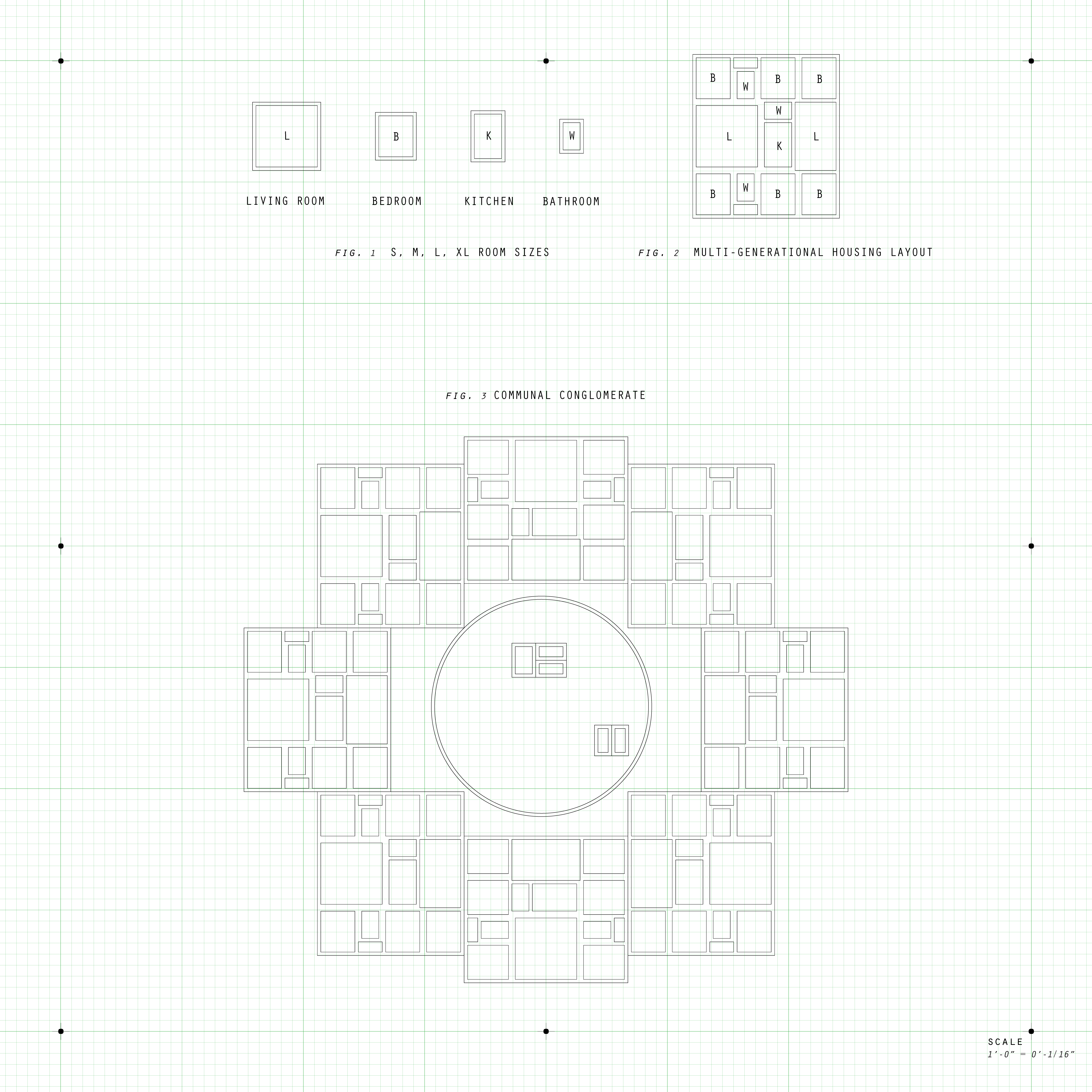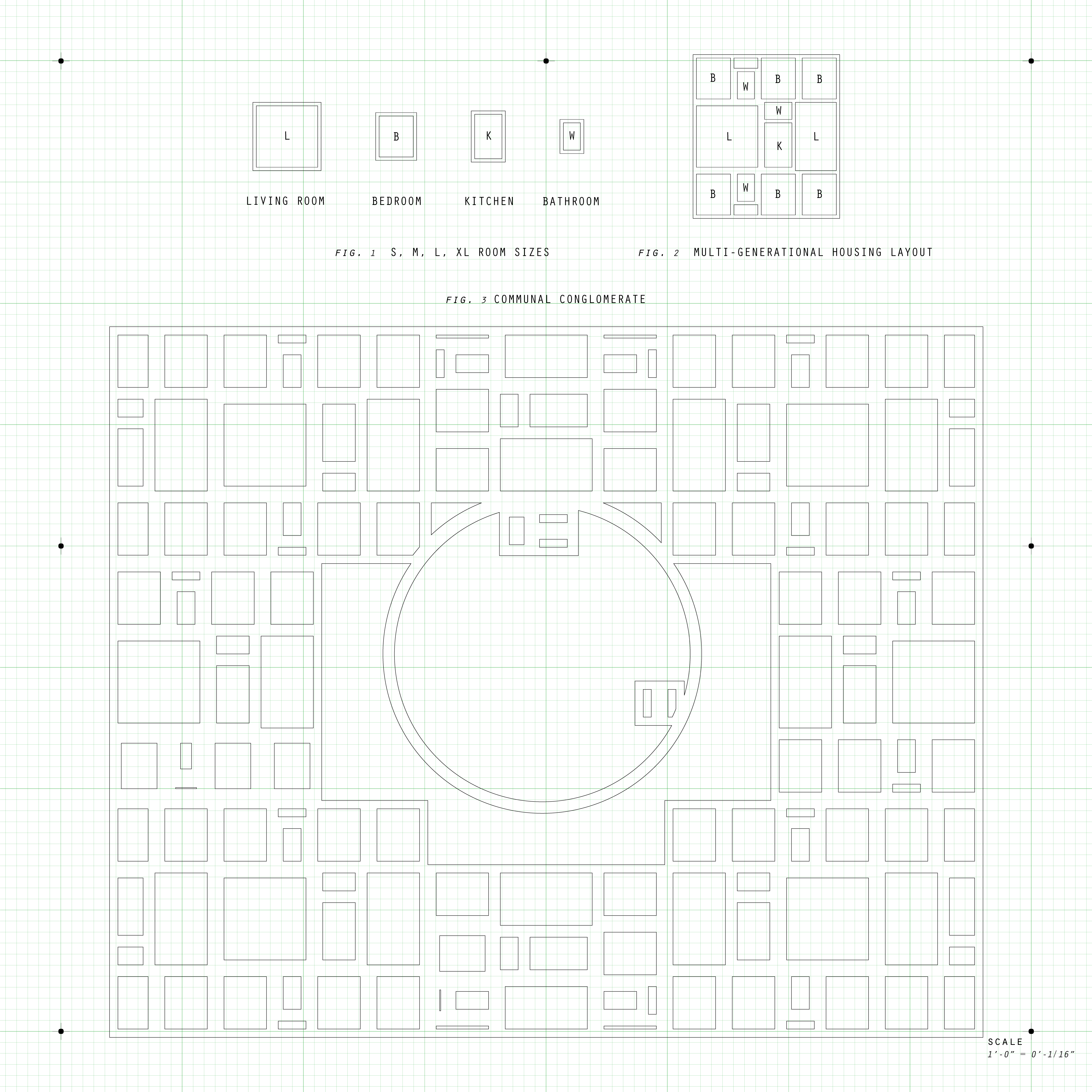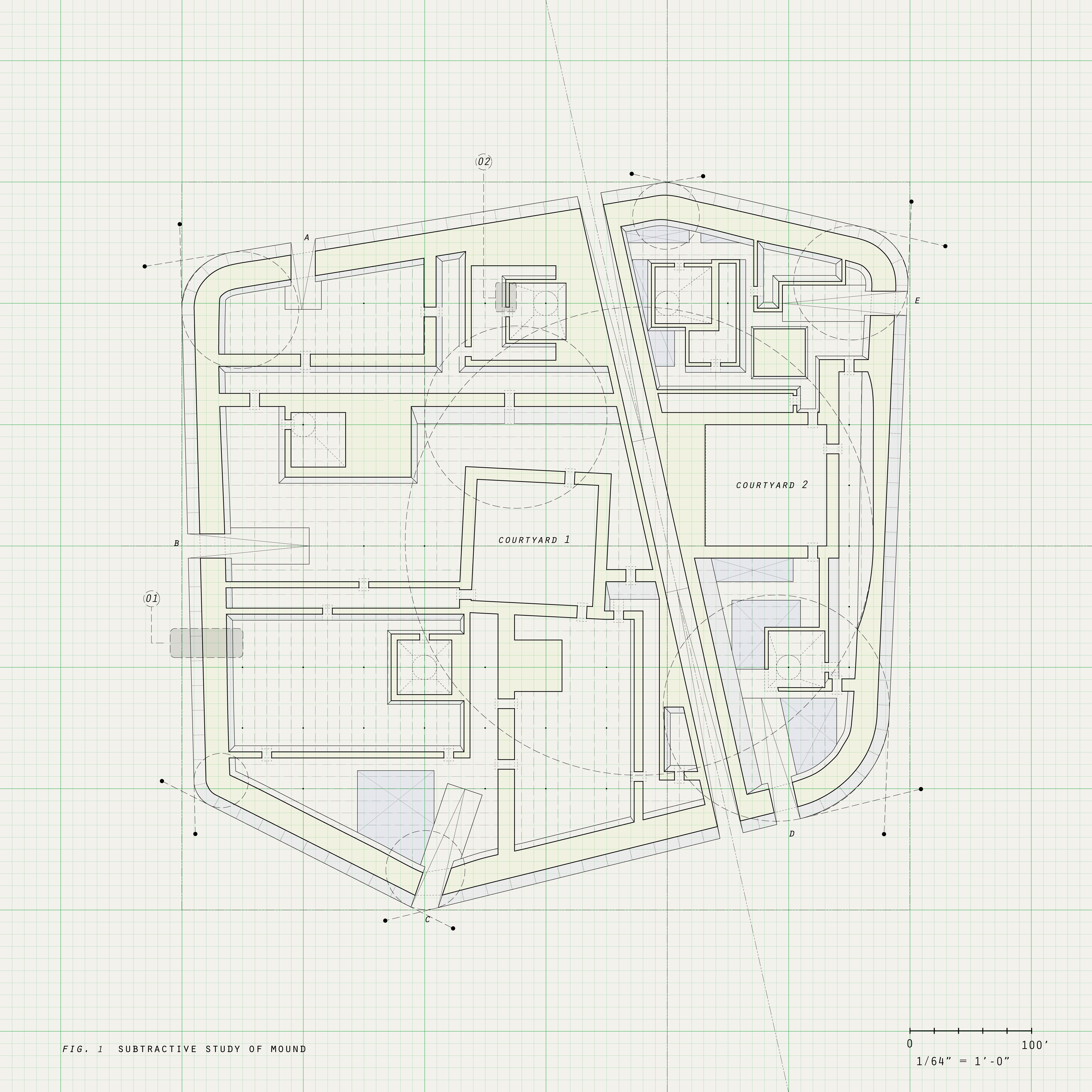01. FORM
1.00. How to Construct a Mound
1.01. Rebuild Precedent Mounds
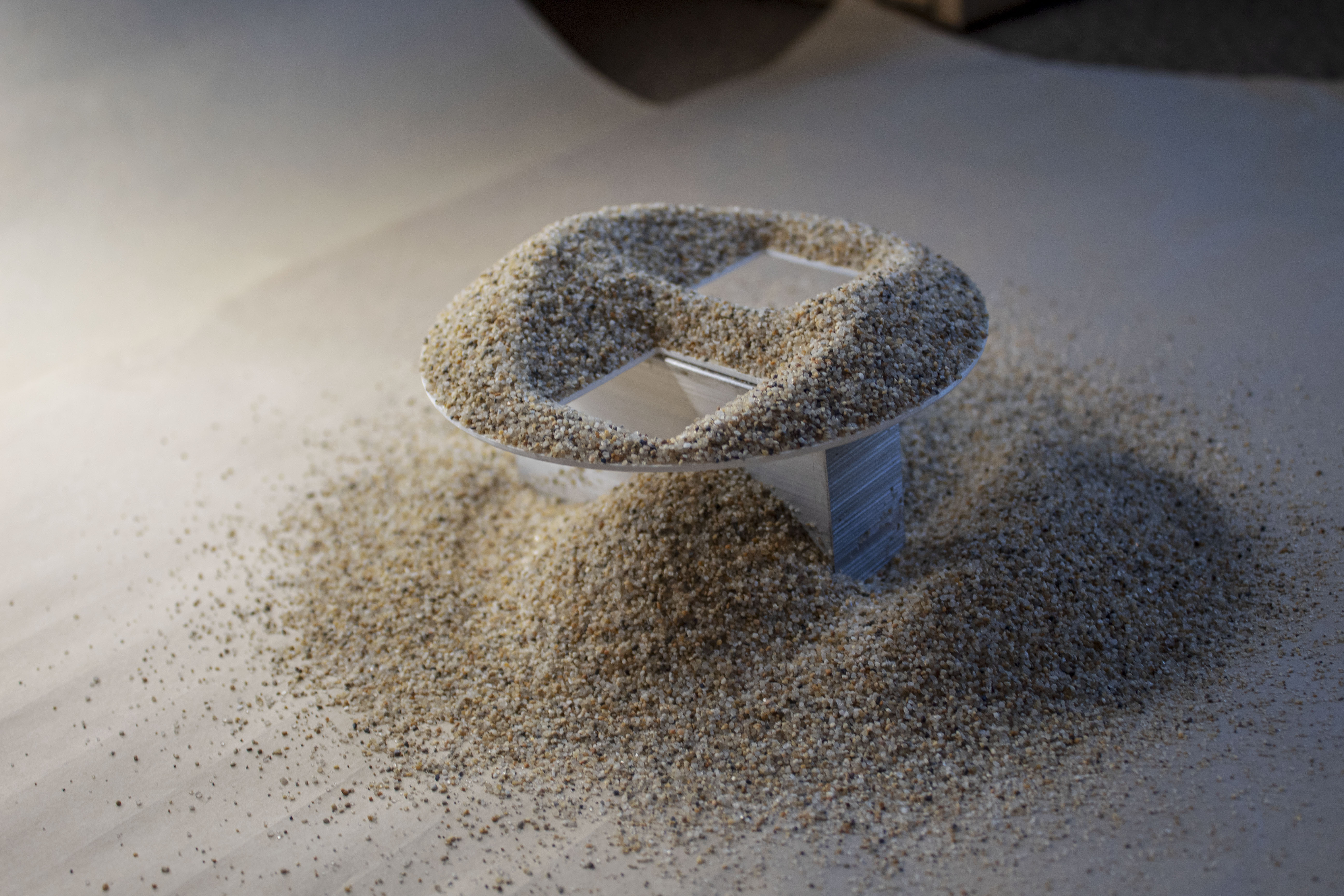



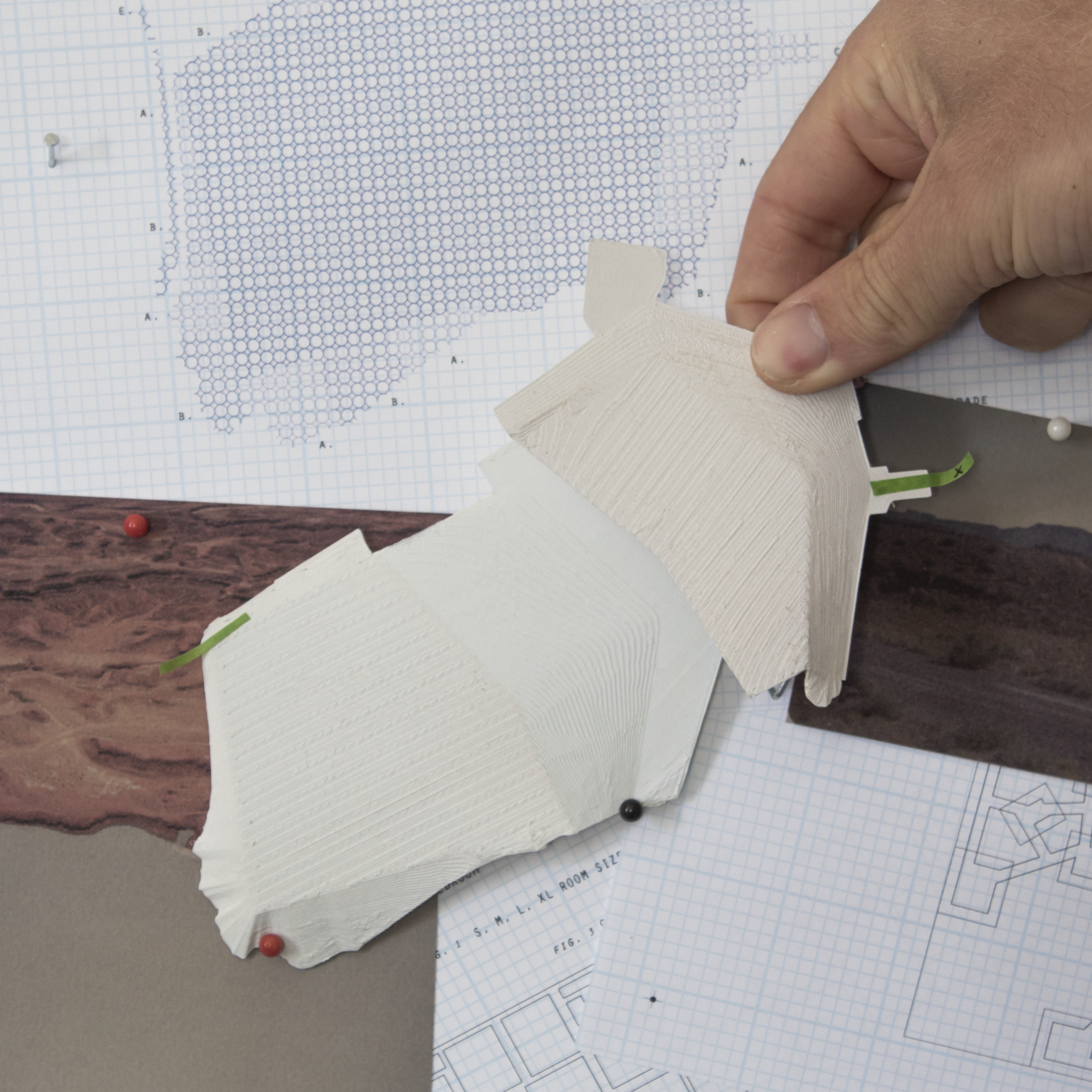

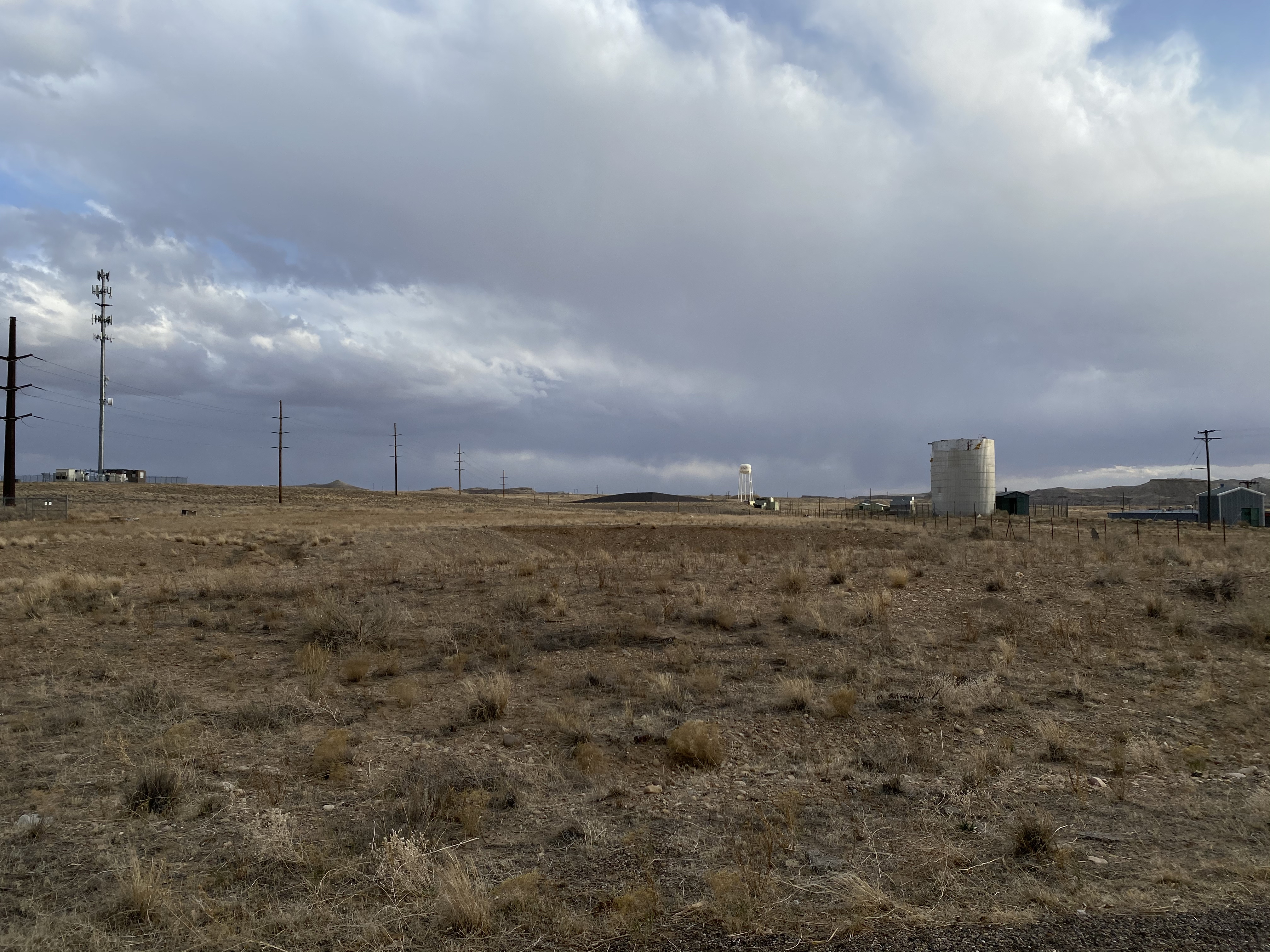

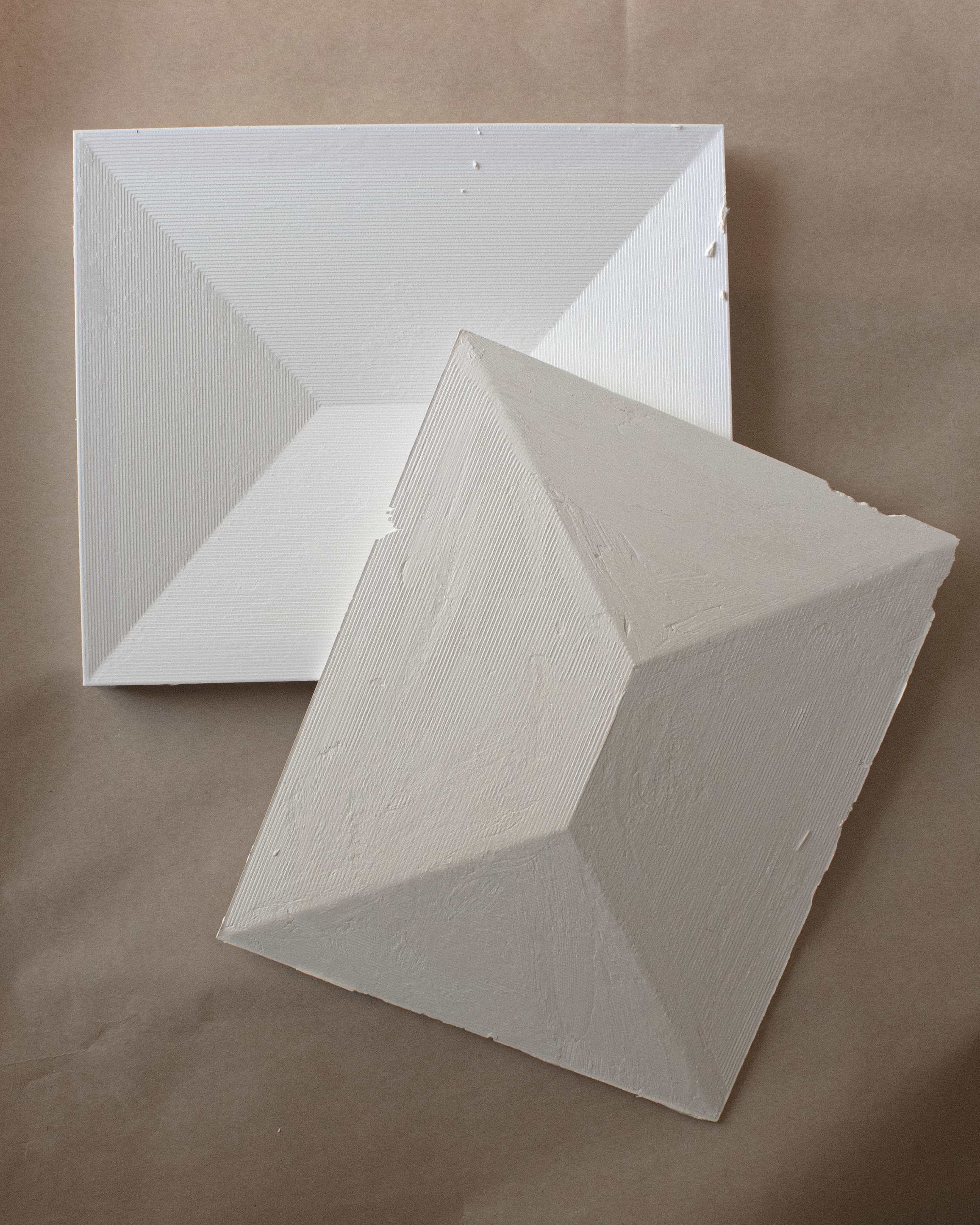


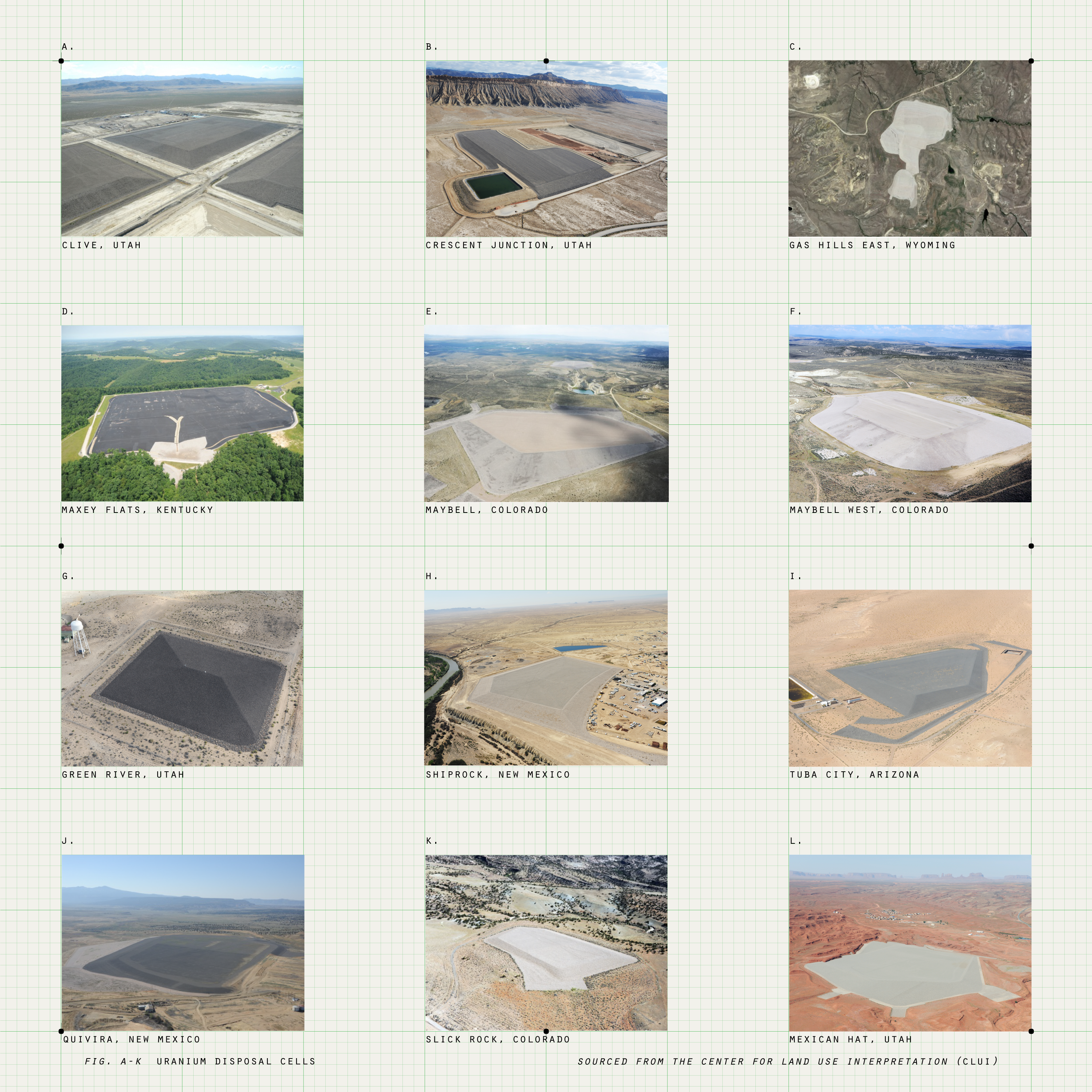
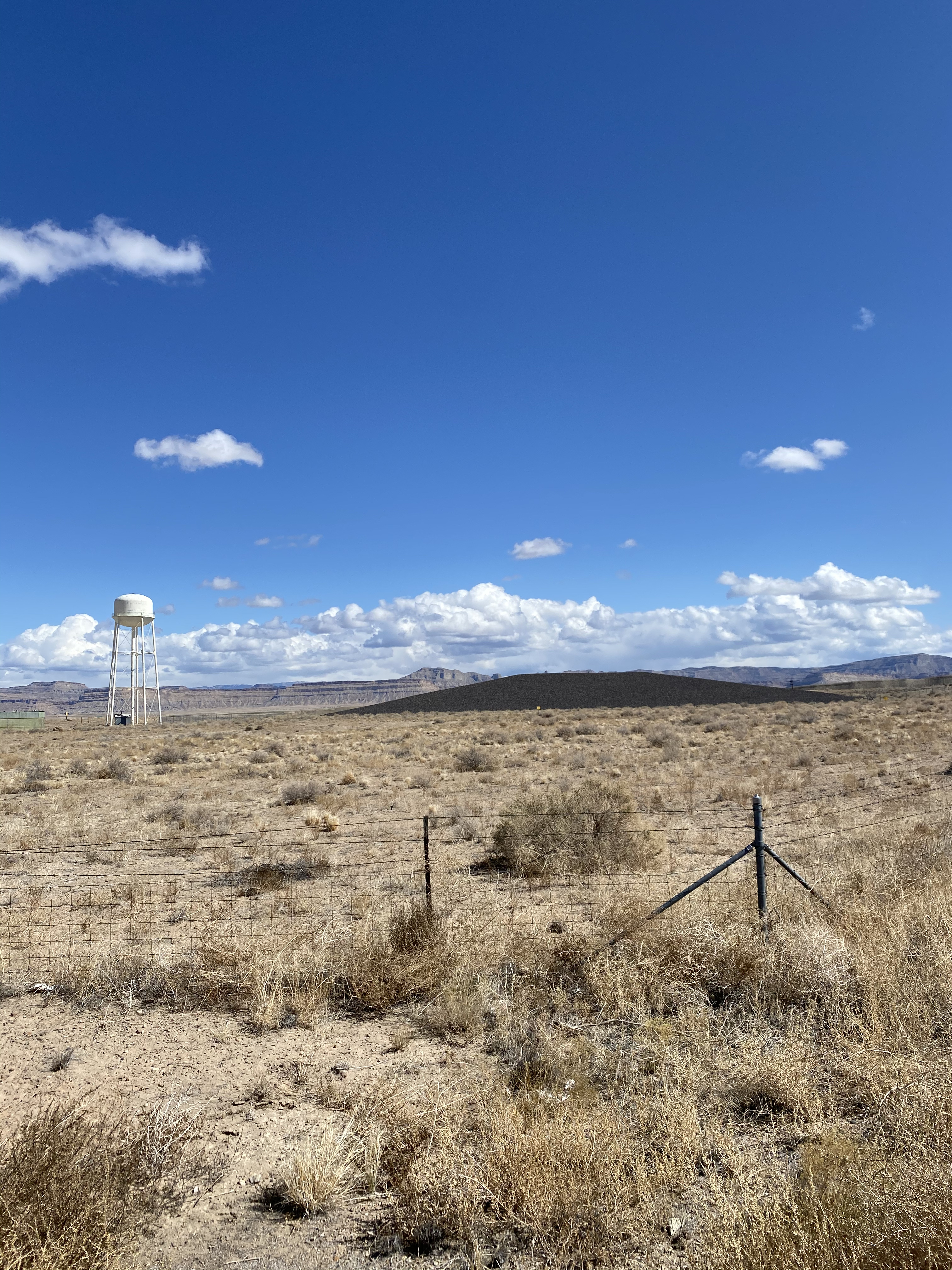
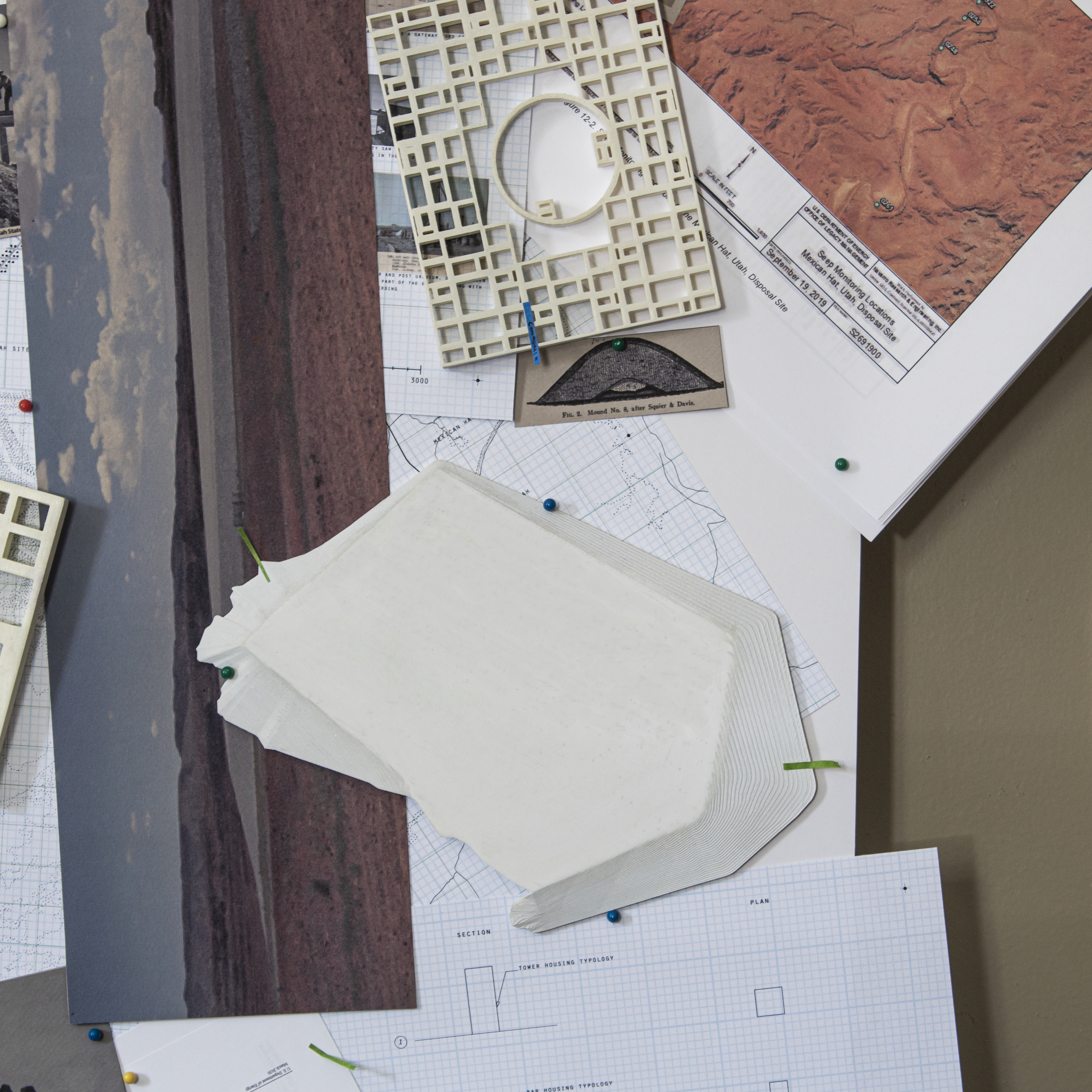
1.02. Develop a Mound Logic


1.03. Draw your own Mound


1.02. Make a Mound



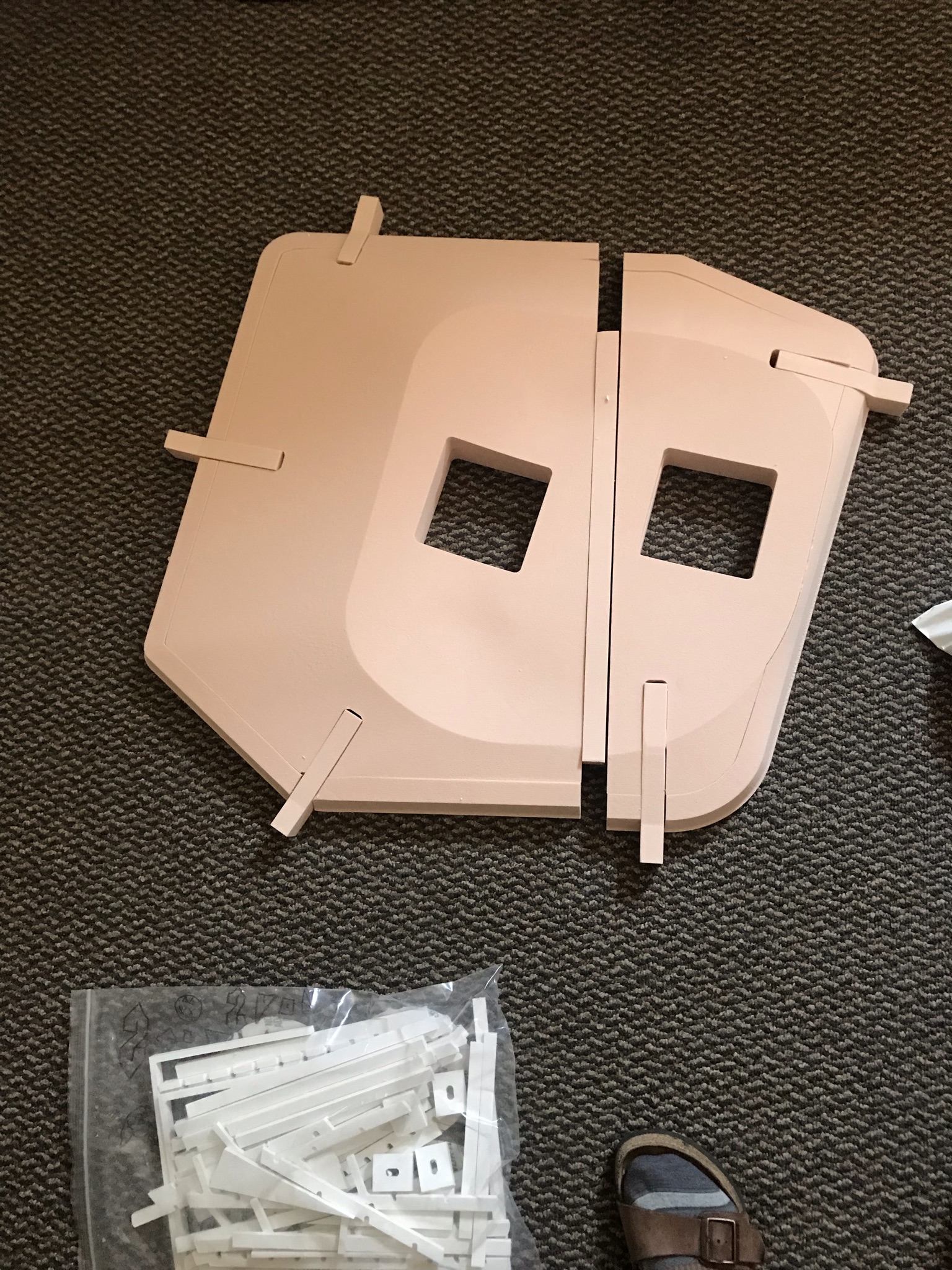






1.03. Find a Site
3.01. Stack a Bunch of Material
Sand Model
clo drawing/diagram
c4d stack diagrams
precedents-dry join construction, hay bales, incan, anne holtrop, sand bags-amiens,
grasshopper screenshot of how you might create randomness and imprecision computationally
Bastion Information
3.02. Create a Section
Section Drawings
Asset review photographs of section models
Model of just the structural portions of the section
Detail shots of the massing model section
3.03. Protect against Radiation and Toxicity
Research towards radiation protection.
Create a series of drawings and photographs of how you’re treating individual radiation protection components
3.04. Architecture with unorthodox methods
sewing patterns
4.01. How to construct a Mound
Poche Studies
Thermal Studies
Earth Sheltering
Images and drawings of the Wall Sections
drawings of wall section
CNC has been used as a tool of landscape and of parts and pieces. Just as i see the mound. It’s a topographic element, formed from topography lines, broken into legible parts and pieces. Through these pieces and their refusal to be read as a consistent whole, I argue that the mound moves away from the landscape building and becomes something else entirely.
︎︎︎︎︎︎




